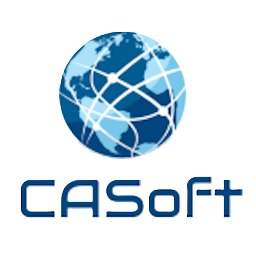Components Based Architecture has been formalised and publicised by UML-RUP more than 10 years ago, and the benefits of this approach are still unknown or…
What is Architecture? What Architecture is not: The Technical Architecture (or Model of Architecture) is the nature of the system. For instance, it could be:…
When describing requirements using UML, any attempt to order use cases or provide sequence information amongst use cases is bad practice, and can only lead…
The original and fundamental philosophy of UML is to be unambiguous and understandable by most, without requiring an in-depth knowledge of a complex semantic.This philosophy…
I organise several Initiation to UML courses, which include hands-on exercises, such as: These 3 courses are usually intended for Software Developers, Architects and System…
The Unified Modelling Language (UML) was published in 1995 as a merge of several older notations and approaches, including in particular OMT (Object Modelling Technique),…
